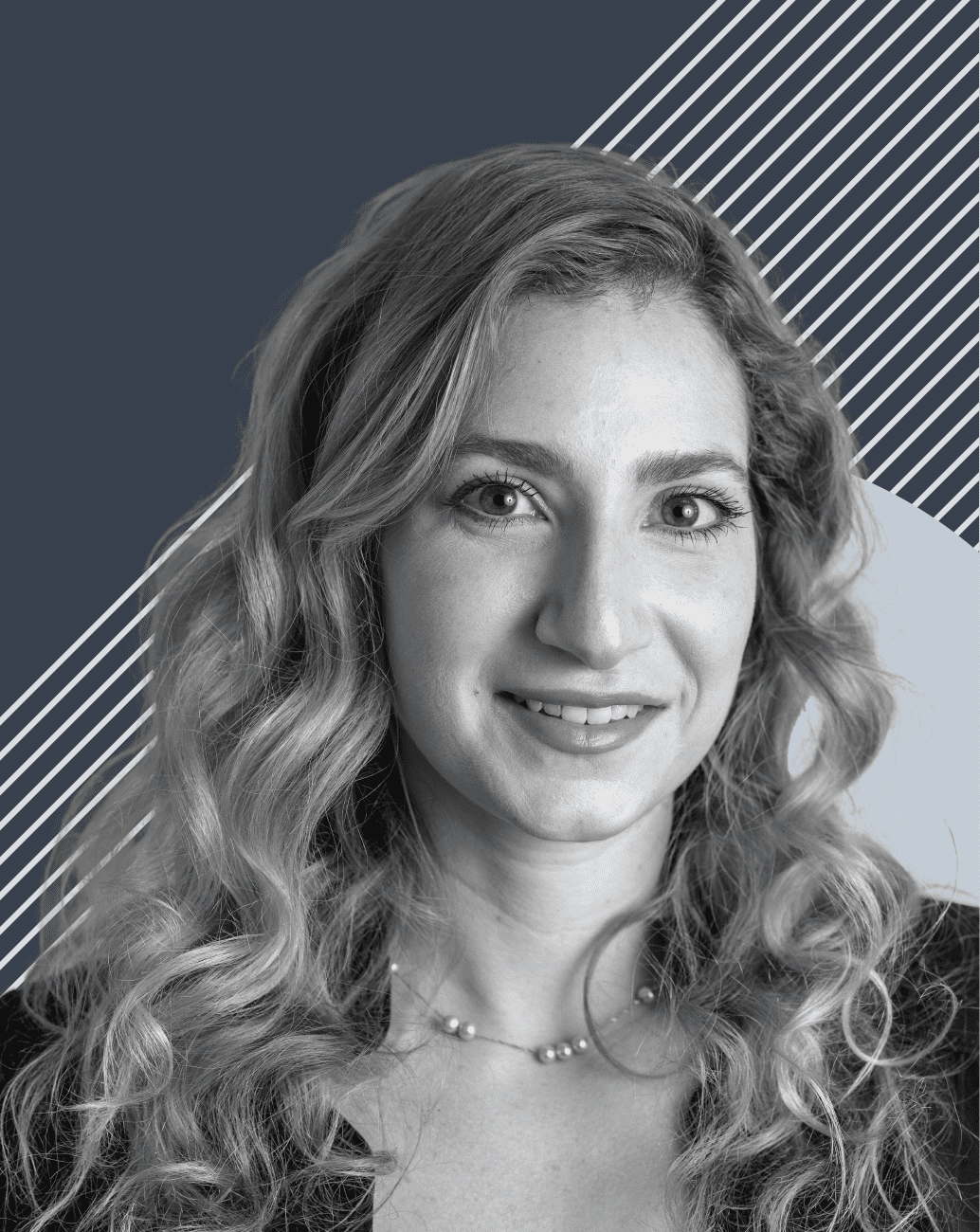LAUREEN MEROUEH
Laureen joins Breakthrough Energy’s Innovator Fellows program from Austin, Texas. As a mechanical engineer and entrepreneur, she brings deep expertise in metallurgy, renewable energy, energy storage, and hydrogen. Laureen wants to harness the benefits of profitable low-carbon steel production to reduce emissions on the order of gigatons, bring clean and affordable metals production to countries around the world, and shift today’s trajectory of worsening global inequality.
Laureen is the founder and CEO of Hertha Metals, a company focused on manufacturing iron and steel with 95% less emissions than conventional steelmaking. By leveraging existing infrastructure and new discoveries, Hertha presents a scalable solution to decarbonize steel manufacturing. Hertha aims to demonstrate the world’s first five-ton furnace that produces molten iron through hydrogen and electricity by 2023. By 2027, they aim to begin deploying steelmaking units that can process 200,000 tons per year to integrate with existing steel mini-mills, while continuing to scale their technology to produce two million tons per year by 2030.
Laureen holds a Bachelor of Science in civil and mechanical engineering from the University of Florida, as well as a Master of Science and a Doctor of Philosophy in mechanical engineering from the Massachusetts Institute of Technology (MIT), with a focus on materials science and metallurgy. Laureen also has a graduate minor in business and entrepreneurship from the MIT, where she co-founded the Graduate Engineering Leadership program.
Q&A
What inspired you to go into your field?
Seeing energy poverty and the effects of climate change on global inequality firsthand inspired me to work in the renewable energy space to determine how to best harness renewable energy and apply sustainable technologies at a global scale.
Tell us more about your breakthrough technology.
Steel is the backbone of modern industry. Today, 70% of iron is made through a process that relies heavily on coal as both a chemical agent and an energy source. Green hydrogen is a zero-emission, multi-faceted energy vector and molecule, capable of replacing coal as the reducing agent in steelmaking. However, the current steelmaking alternative using green hydrogen is constrained to high-grade iron ores, limited metallization, and an energy-intensive downstream step. To overcome these limitations, I am developing a technology that harnesses both green hydrogen and electric arcs to reduce and melt iron ores of any grade. This technology can replace all coal-based steelmaking processes without impact to the final product.
What’s one thing you recently discovered?
Hertha Ayrton was a notable engineer and women’s suffragette of the late 1800s and early 1900s. She pioneered the understanding of electric arcs, played an important role in allowing women the right to vote, and broke down barriers to women being respected in science. She was the first woman to read her own research articles to the Royal Society after repeatedly being denied, then went on to be the first female awarded the Royal Society’s prestigious Hughes Medal for her work.
What is your favorite word and why?
Resistance. It describes emotions, society, and physics, such as a political resistance movement or electronic and thermal resistance.
